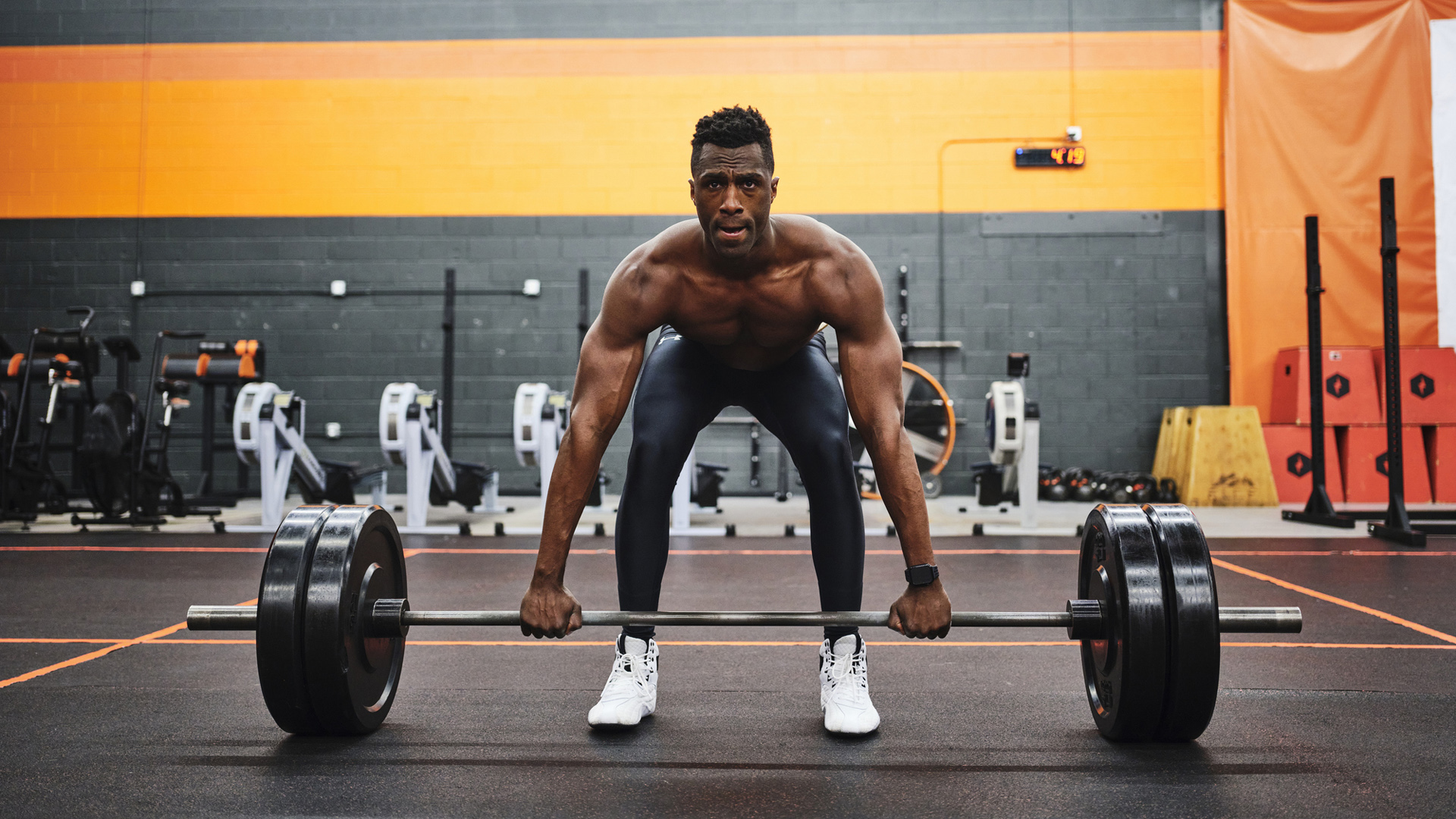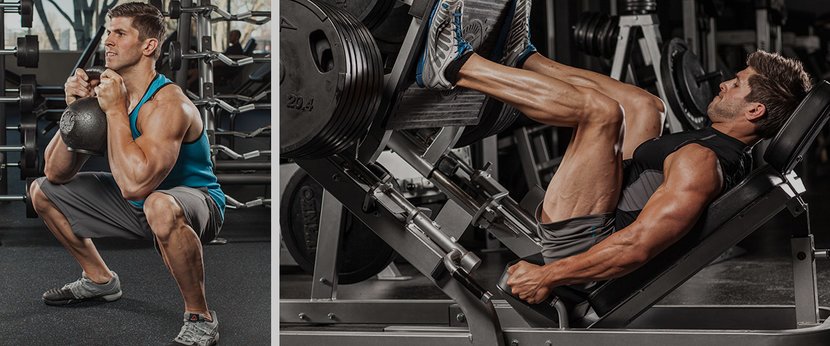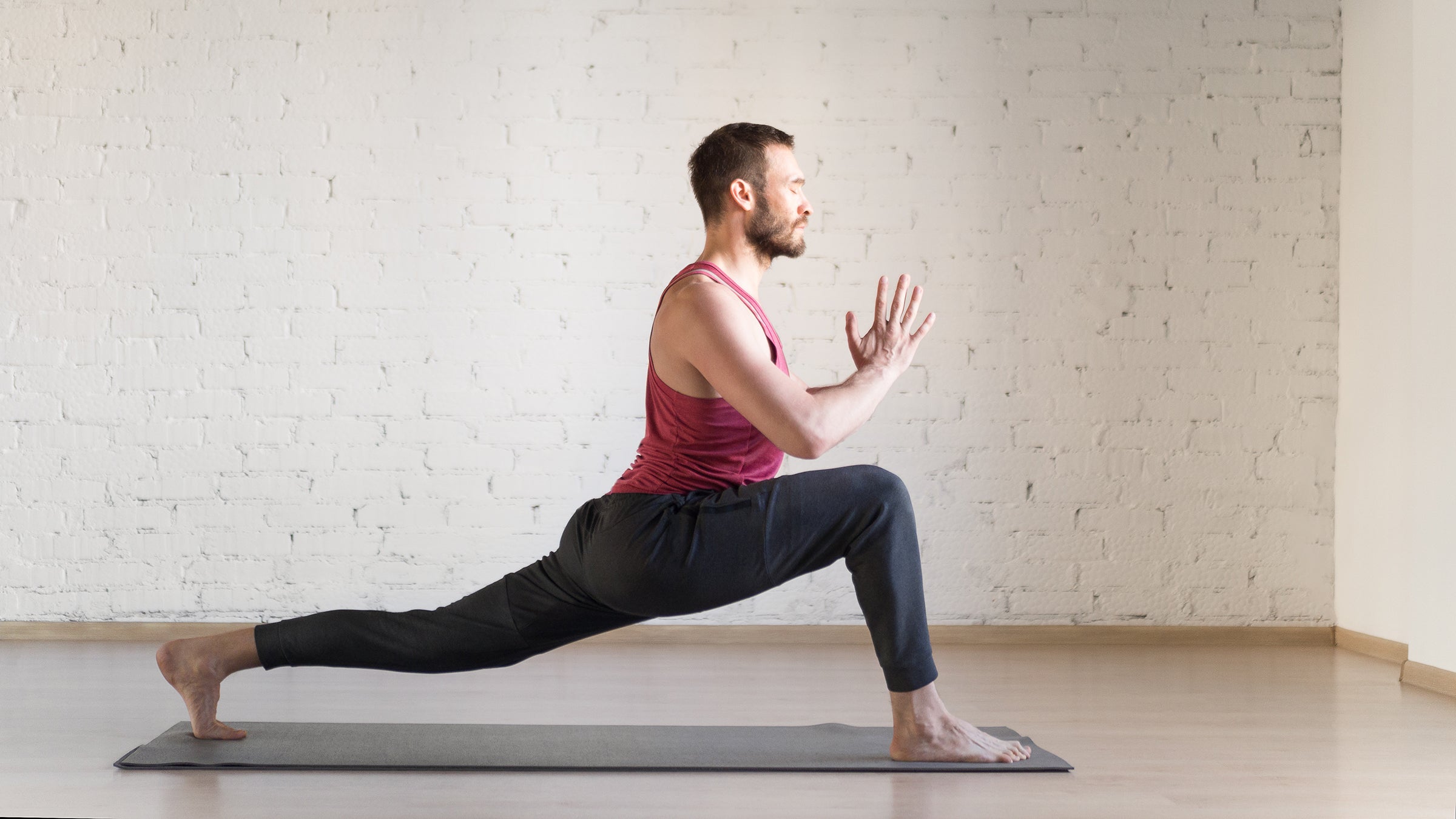Workout is an essential activity of men that helps them stay fit, healthy, and stress-free. It keeps the body in shape and controls weight. Besides, working out can boost testosterone levels in men.
If you are a man and experiencing low testosterone levels or want to increase testosterone levels naturally, exercise is the best way to go about it. In this blog, we will tell you how exercise can boost testosterone levels. Let’s begin!
What is Testosterone?
Testosterone is an androgen hormone found in both men and women, and is responsible for the development of secondary sexual characteristics such as body hair and muscle mass. It is produced by the testes in males and the adrenal glands in females. In men, testosterone levels peak during puberty and decline after age 30 or 40, while levels in women peak during menopause and decline gradually after that. This hormone plays a vital role in many processes of the body, such as sex drive, muscle strength, fat storage, and bone strength.
Testosterone is essential for libido, muscle growth, body hair, and libido. It helps to preserve lean muscle mass by boosting protein synthesis and rebuilding muscle fibers with amino acids. It also helps to grow hair on the scalp, shoulders, chest, or elsewhere on the body. Testosterone is also important for bone health as it helps to regulate sex-hormone-dependent bones growth.
Exercise can help reduce low testosterone levels through weight training, cardio exercise, or both. In addition to normal physical activity like walking or gardening exercise as part of your regular routine can also boost testosterone levels.
Does Working Out Increase Testosterone Levels?
According to research, exercise has a positive effect on testosterone levels. It can increase testosterone levels after a workout by 6-10%. This initial rise in testosterone levels lasts for about an hour and can lead to higher levels of testosterone over time.
Studies have shown that regular exercise can increase testosterone levels by methodically increasing activity over time. This is because exercise improves body fat, stress, and sleep.
Testosterone is an important hormone that plays a crucial role in male reproductive health and the development of secondary sexual characteristics. Recent research has shown that exercise can increase testosterone levels in men. In this research-based write-up, we will explore the link between exercise and testosterone levels.
Several studies have demonstrated that acute exercise can cause an immediate increase in testosterone levels in men. For example, a study published in the Journal of Strength and Conditioning Research found that resistance exercise caused an acute increase in testosterone levels in young men. The increase was observed immediately after the exercise and lasted for up to 30 minutes.
Similarly, a study published in the International Journal of Sports Medicine found that high-intensity interval training (HIIT) caused an acute increase in testosterone levels in men. The study showed that HIIT led to an increase in both free and total testosterone levels, with the highest levels observed immediately after the exercise.
Regular exercise training can also cause an increase in testosterone levels over time. Several studies have shown that both resistance training and endurance exercise can lead to an increase in testosterone levels in men.

For example, a study published in the Journal of Strength and Conditioning Research found that resistance training led to an increase in testosterone levels in older men. The increase was observed after 12 weeks of resistance training and was more significant in men with lower initial testosterone levels.
Similarly, a study published in the Journal of Endocrinological Investigation found that endurance exercise led to an increase in testosterone levels in young men. The increase was observed after six months of endurance exercise and was more significant in men with lower initial testosterone levels.
The mechanism behind the increase in testosterone levels after regular exercise is not fully understood. However, it is believed that regular exercise can increase muscle mass and reduce body fat, which has also been linked to increased testosterone levels. In addition, regular exercise has been shown to improve insulin sensitivity, which can help regulate hormone production and secretion.
What is the link between exercise and testosterone?
Research has demonstrated that exercise can increase testosterone levels in men. The level of testosterone secretion in the body is affected by various factors such as age, diet, and physical activity. Exercise is considered one of the most significant factors in increasing testosterone levels in the body.
Studies have shown that acute resistance exercise, such as weightlifting, sprinting, or high-intensity interval training, can cause an immediate increase in testosterone levels in the body. These acute increases typically last for around 15-30 minutes after the completion of the exercise. In addition, regular exercise training can cause a more significant increase in testosterone levels over time.
The mechanism behind this link between exercise and testosterone is not fully understood. However, it is believed that exercise causes a release of several hormones, including growth hormone, cortisol, and testosterone. Growth hormone and cortisol are known to stimulate testosterone production. Furthermore, regular exercise can increase muscle mass and reduce body fat, which has also been linked to increased testosterone levels.
How exercise affects testosterone levels?
Testosterone is a hormone that is produced in both males and females, but it is primarily known as the male sex hormone. It plays a crucial role in the development of male reproductive tissues and the promotion of secondary sexual characteristics such as muscle mass, bone density, and body hair growth. Testosterone also affects the body’s metabolism, mood, and overall well-being.
Exercise is one of the many factors that can influence testosterone levels. The relationship between exercise and testosterone is complex and can vary based on several factors, including the type of exercise, the intensity and duration of the exercise, and the individual’s fitness level.
In general, studies have found that resistance training or weightlifting can increase testosterone levels, particularly in men. A study published in the Journal of Strength and Conditioning Research found that performing multiple sets of resistance exercises at a high intensity resulted in a significant increase in testosterone levels in men. This effect was observed both immediately after exercise and up to 30 minutes post-workout.
A similar study published in the European Journal of Applied Physiology found that performing six weeks of heavy resistance training resulted in a significant increase in testosterone levels in young men. This effect was particularly pronounced in the morning, which is when testosterone levels are typically highest.
However, it’s important to note that the effect of exercise on testosterone levels can vary depending on the individual’s fitness level. For example, a study published in the International Journal of Sports Medicine found that endurance training such as running or cycling did not result in a significant increase in testosterone levels in trained athletes. This may be because endurance training tends to lower cortisol levels, which can suppress testosterone production.
Additionally, the effect of exercise on testosterone levels may be influenced by age. A study published in the Journal of Clinical Endocrinology and Metabolism found that older men who performed resistance training had a greater increase in testosterone levels compared to younger men. This may be because older men typically have lower baseline testosterone levels.
Best 5 Exercises to Increase Testosterone
While testosterone production naturally decreases with age, there are ways to increase testosterone levels, such as exercise. Now, we will discuss the best five exercises to increase testosterone.
Compound Exercises
Compound exercises are multi-joint movements that engage several muscle groups simultaneously. Examples of compound exercises include deadlifts, squats, bench press, and pull-ups. These exercises have been shown to increase testosterone levels significantly. A study published in the Journal of Strength and Conditioning Research found that subjects who performed compound exercises had higher testosterone levels than those who performed isolation exercises.

Some common Compound Exercises are:
- Rows
- Dips
- Lunges
- Box Jumps
- Power Cleans
- Military Press
- Push Press
- Thrusters
- Kettlebell Swings
- Farmer’s Walk
High-Intensity Interval Training (HIIT)
High-Intensity Interval Training (HIIT) is a type of exercise that involves short, intense bursts of exercise followed by brief rest periods. HIIT has been shown to increase testosterone levels in men. A study published in the Journal of Strength and Conditioning Research found that after a six-week HIIT program, participants had a significant increase in testosterone levels.

Here are some high-intensity interval training (HIIT) exercises that may help increase testosterone levels:
- Cycling Intervals
- Agility Ladder Drills
- Medicine Ball Slams
- High Knees
- Jump Rope Intervals
- Hill Sprints
- Tabata Training
- Shuttle Runs
- Stair Climbing Intervals
- Bear Crawls.
Resistance Training
Resistance training involves lifting weights or using resistance bands to build strength and muscle mass. Resistance training has been shown to increase testosterone levels, especially when combined with compound exercises. A per the study the resistance training significantly increased testosterone levels in young men.

Resistance training involves lifting weights, using resistance bands, or using bodyweight exercises such as push-ups and squats. Resistance training has been shown to increase testosterone levels significantly. This is because resistance training causes microscopic damage to the muscle fibers, which triggers the release of testosterone as part of the body’s repair process.
Here are some common resistance training exercises:
- Squats
- Deadlifts
- Lunges
- Bench Press
- Overhead Press
- Pull-Ups
- Rows
- Push-Ups
- Dips
- Bicep Curls
Sprinting
Sprinting involves short bursts of high-intensity running. Sprinting has been shown to increase testosterone levels in both men and women. This is because sprinting stimulates the release of human growth hormone, which can lead to an increase in testosterone production.
Sprinting is a form of high-intensity exercise that has been shown to increase testosterone levels in men. A study published in the European Journal of Applied Physiology found that after six weeks of sprint training, participants had significantly higher testosterone levels than before the program.
Here are some common sprinting exercises:
- Hill Sprints
- Interval Sprints
- Fartlek Training
- Shuttle Runs
- Acceleration Sprints
- Plyometric Sprints
- Flying Sprints
- Partner Sprints
- Stadium Stairs
- Resisted Sprints
Yoga
Yoga involves various poses and breathing exercises that can help reduce stress and improve overall health. Research has shown that yoga can increase testosterone levels in men. This is because yoga reduces stress, which can lead to a decrease in cortisol levels. High cortisol levels can inhibit testosterone production, so reducing cortisol levels can lead to an increase in testosterone production.

While yoga is not typically thought of as a testosterone-boosting exercise, some research suggests that it may help increase testosterone levels in men. A study published in the Journal of Alternative and Complementary Medicine found that after 12 weeks of yoga practice, male participants had higher testosterone levels than before the program.
- Baddha Konasana (Butterfly Pose)
- Bhujangasana (Cobra Pose)
- Dhanurasana (Bow Pose)
- Hanumanasana (Monkey Pose)
- Malasana (Garland Pose)
- Matsyasana (Fish Pose)
- Nadi Shodhana Pranayama (Alternate Nostril Breathing)
- Paschimottanasana (Seated Forward Bend)
- Setu Bandhasana (Bridge Pose)
- Surya Namaskar (Sun Salutation)
Let’s Sum Up
The testosterone boost exercise gives you is just one of several testosterone-boosting effects of exercise. Exercises like weight training, sprinting, and high-intensity interval training increase testosterone level by stimulating the production of testosterone-stimulating hormone in your body. The exercise also improves your body composition by reducing body fat while increasing muscle mass, which can boost testosterone level as well. Besides, regular exercise also increases blood flow to the muscles, which helps deliver oxygen and nutrients to muscles and remove waste products more efficiently. This enhances muscle strength and growth. If you want to boost testosterone level naturally and enhance testosterone levels, start exercising today!




